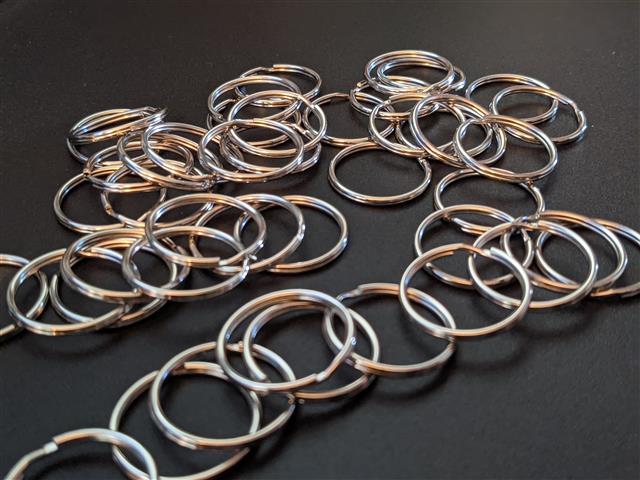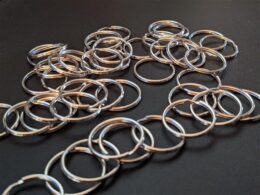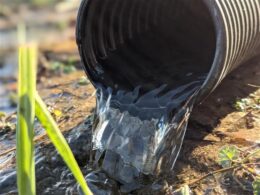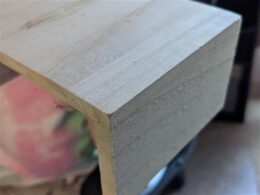Polycarbonate plastic materials have a unique balance of helpful features including temperature resistance, impact resistance and optical properties position polycarbonates between commodity plastics and engineering plastics.
Polycarbonate is definitely a high quality material. Though it has higher impact-resistance, it has got lower scratch-resistance and thus a hard coating can be applied to polycarbonate eyewear lenses as well as polycarbonate exterior automobile equipment. The characteristics associated with polycarbonate are similar to those of common Acrylic materials, except polycarbonate is actually stronger, it is usable in a wider temperature range and is a bit more expensive. This plastic polymer is highly transparent to visible light and has better light transmission characteristics than many different types of glass.
Polycarbonate carries a glass transition temperature of around 150 °C (302 °F), therefore it softens gradually above this point and flows above about 300°C (572 °F). Tools ought to be held at higher temperatures, generally above 80 °C (176 °F) to make strain- and reduced stress products.
Unlike most thermoplastics, polycarbonate can undergo massive deformations without cracking or breaking. Because of this, it is sometimes processed and formed at room temperature using standard sheet metal techniques, such as forming bends on a brake. For even sharp angle bends with a tight radius, no heating is generally necessary. This makes it useful for prototyping applications where transparent or electrically non-conductive parts are needed, which may not be produced from sheet metal. Understand that PMMA/Plexiglas, that is similar in looks to polycarbonate, but is brittle and cannot be bent at room temperature.
The light weight of polycarbonate, unlike glass, has led to advancement of electronic view screens that replace glass materials with polycarbonate, for use in mobile and portable devices. Such displays include newer e-ink and several LCD screens, though CRT, plasma screen and other LCD technologies which still do require glass for its higher melting temperature and the ability to be etched in finer detail.
Other miscellaneous items produced from Polycarbonate include durable, lightweight luggage, MP3/digital audio player cases, computer cases, riot shields, instrument panels, and common style blender jars. Many toys and hobby goods are made of polycarbonate parts, e.g. fins, gyro mounts, and flybar locks for use with radio-controlled helicopters.
For use in applications exposed to weathering or UV-radiation, a special surface treatment could be needed. This can be a coating (e.g. for improved abrasion resistance), or perhaps the coextrusion for enhanced weathering resistance.
The Makrolon Polycarbonate is a thermoplastic that begins as a solid material in the form of small pellets. In a manufacturing process called injection molding, the pelletized resin is heated until they melt. The melted liquid polycarbonate is then rapidly pushed into a mold, compressed under high pressure and cooled to form a finished product in a matter of minutes.




